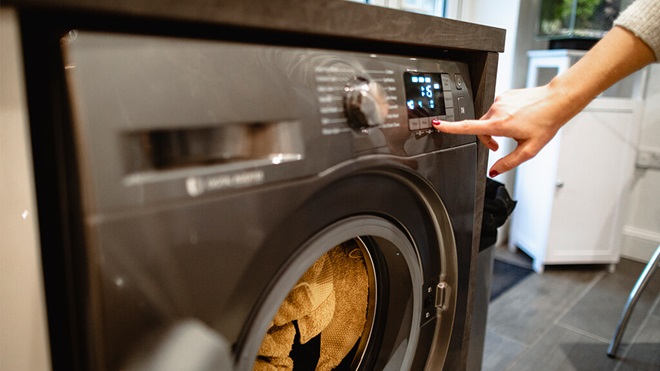CHOICE's submission to the Independent Review of the Water Efficiency Labelling and Standards (WELS) scheme focuses on the need for water efficiency labels to better reflect how people actually use their appliances. We also argue for the need to discourage products that use excessively high amounts of water from being sold in the Australian market, where water usage matters by the litre for some families.
Changing WELS to measure the water used in partial washing machine loads would better reflect people's day to day usage. CHOICE research has shown that the average washing machine load is 3.6kg, which is substantially less than the maximum load that is used to establish a product's WELS rating. The cycle selection and water temperature that is used in WELS testing also doesn't reflect the choices people make when doing their washing. It's particularly important to get the right information across to people at the point of sale because when they get back home, only 21% of people believe they know how much water their washing machine uses in a typical wash.
Establishing new minimum water efficiency standards for the drying cycle of washer dryers would also discourage machines that use excessive amounts of water from being sold in Australia, like a Samsung washer dryer CHOICE tested which used 149L of fresh drinking water to dry 3.5kg of clothes.
Download submission (PDF)
Related content
- How to save water in the bathroom, kitchen, laundry and more
- CHOICE's top 5 tips for saving water
- A guide to greywater systems
- 7 weird water-saving hacks
We're on your side
For more than 60 years, we've been making a difference for Australian consumers. In that time, we've never taken ads or sponsorship.
Instead we're funded by members who value expert reviews and independent product testing.
With no self-interest behind our advice, you don't just buy smarter, you get the answers that you need.
You know without hesitation what's safe for you and your family.
And you'll never be alone when something goes wrong or a business treats you unfairly.
Learn more about CHOICE membership today
Stock images: Getty, unless otherwise stated.


